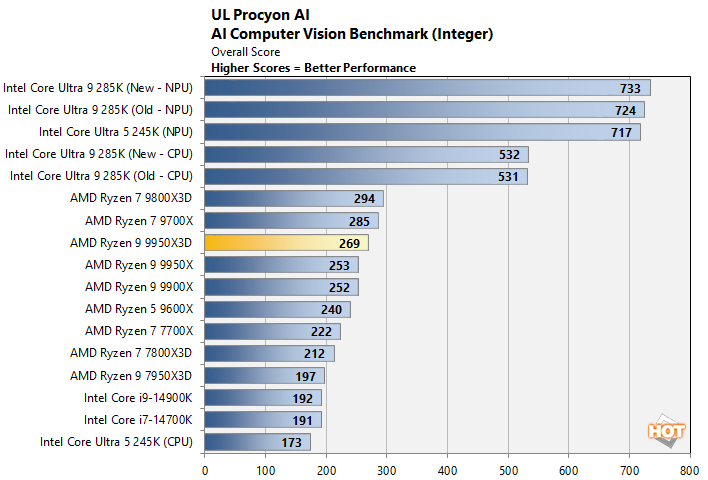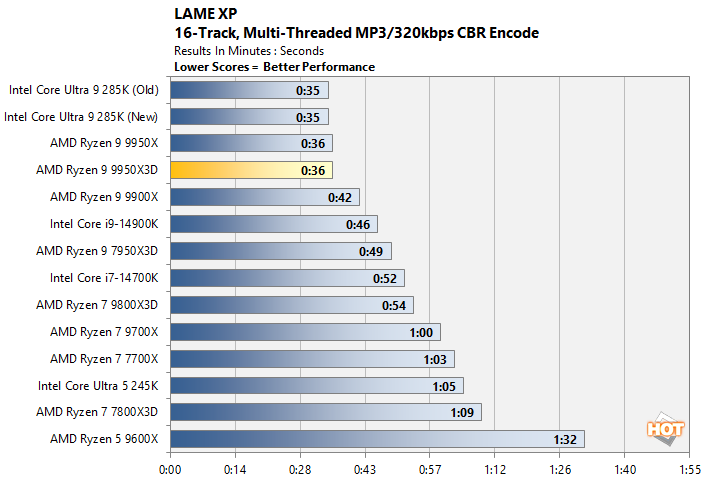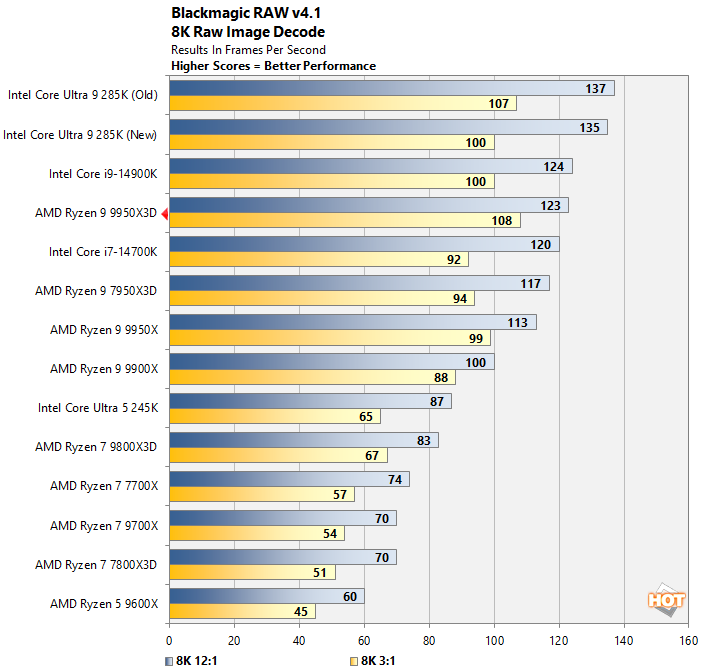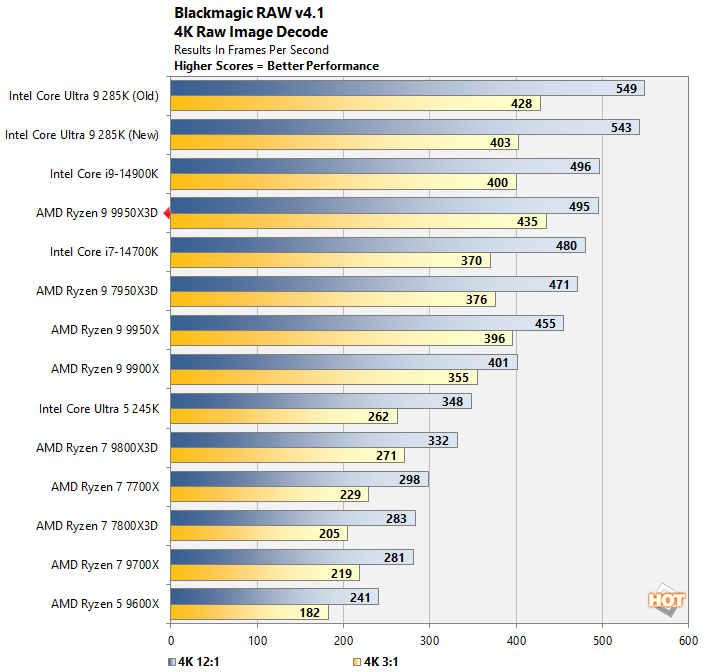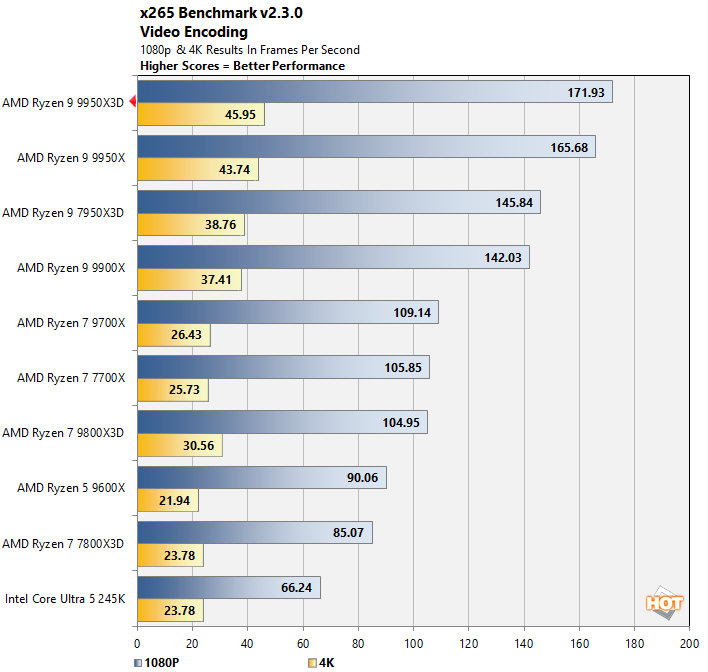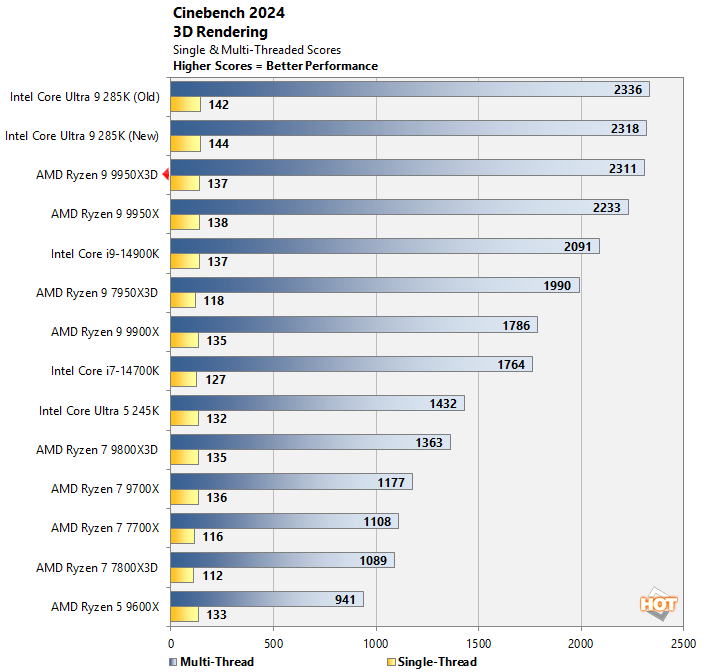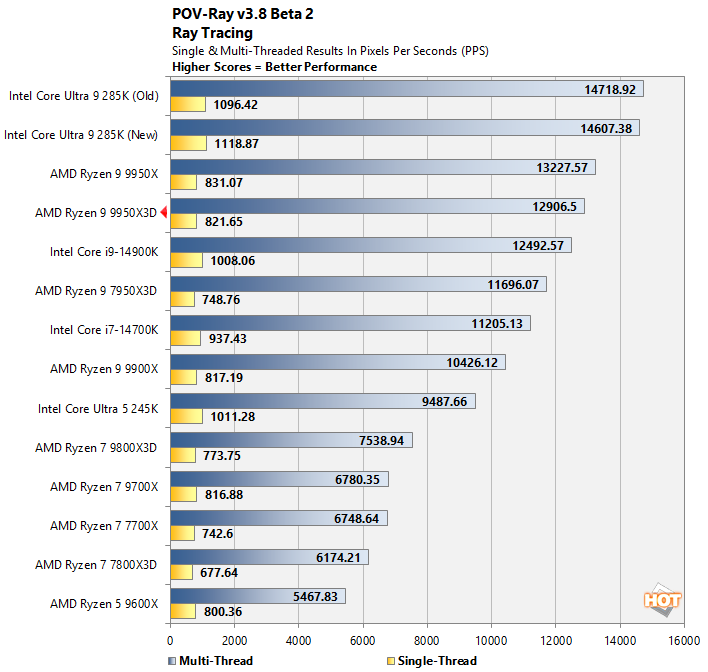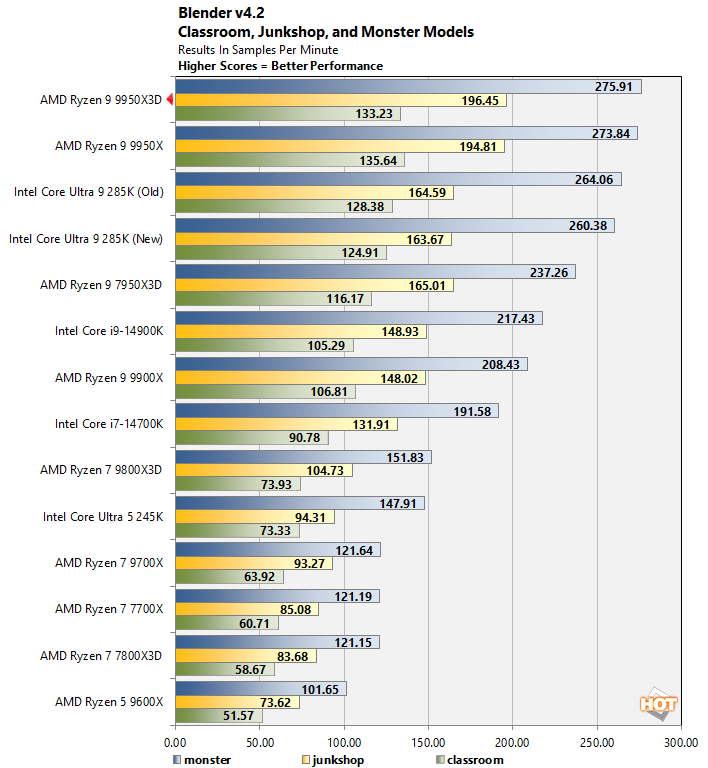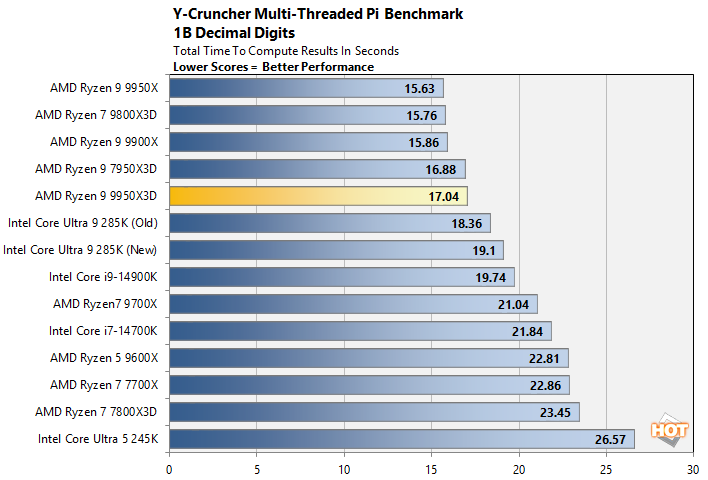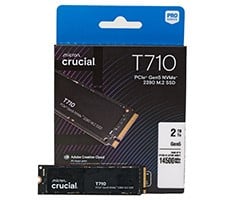Running AI workloads natively on local hardware or at the edge, instead of in the cloud, is emerging into the mainstream on PCs. As a result, reliable, easily repeatable benchmarks for these workloads aren't prolific just yet, though UL has already built a few into its Procyon benchmark suite.
UL Procyon AI Machine Vision Benchmark
Let's take a look at how our assortment of processors do with the UL Procyon AI Computer Vision benchmark, running solely on the CPU cores using Integer precision with most of the competitive processors, but also including the recently released Core Ultra 200S' NPU.
Procyon AI offers different frameworks and precision levels on any given hardware. AMD Ryzen 9000 series desktop processors don't currently have any sort of NPU and were configured to use DirectML. Core Ultra 200S series chips have the same NPU used in Intel's Meteor Lake mobile processors and support Intel's OneAPI. When using OneAPI, the
Core Ultra's CPU performance was relatively strong, peaking at over 500 points on the 285K. When leveraging the NPU on Intel's latest chips, performance was consistently high and clearly dominates all of the other desktop processors tested. The Ryzen 9 9950X3D, performed well, but doesn't stand out from the pack in this benchmark.
LAME XP Audio Encoding
In our custom LAME XP MP3 encoding test, we convert 16, large uncompressed WAV files to the MP3 format, which is a common use case for many end users, to provide portability and storage of their digital audio content. The LAME engine is an open-source MP3 audio encoder that is used widely in a multitude of third party applications. For this test, we created 16-copies of our own 223MB WAV file (an 11 minute Grateful Dead jam) and converted it to the MP3 format using the multi-thread capable LAME XP tool. Processing times are recorded below, listed in minutes:seconds. Shorter times equate to better performance.
The Ryzen 9 9950X3D performed on-par with with standard counterpart, and barely trailed only the Core Ultra 9 285K in this audio encoding test.
Blackmagic RAW Video Encoding Speed
The Blackmagic RAW Speed Test is a CPU and GPU benchmarking tool that tests full-resolution Blackmagic RAW video decode performance. The tool can be used to evaluate the performance at various resolutions and bitrates on the CPU or using OpenCL on a
GPU. We're reporting two results here, both using 8K resolution, but at differing bitrates and compression levels.
The Ryzen 9 9950X3D was the fastest of the AMD processors decoding Blackmagic RAW video data, and was the fastest overall processing the most taxing, minimally compressed (3:1) data.
x265 Video Encoding
The multi-threaded HWBOT x265 Benchmark is based on the open source x265 video encoder that leverages modern CPU instructions to accelerate video encoding. We tested the CPUs represented here with the 64-bit encoder using the default 1080p and 4K workloads.
You'll notice there are mostly AMD systems in the chart above. The MSI motherboards we used in our Intel test rigs doesn't perform as expected when HPET (the High Precision Event Timer) is enabled, and HPET is required to run this test. HPET works properly on our
Socket AM5 motherboards, though, hence all of the Ryzen results above. Once again, we see the Ryzen 9 9950X3D taking the overall lead, outpacing all of the other processors we tested.
Cinebench 2024 Rendering Benchmark
Cinebench rendering performance test based on Cinema 4D from Maxon. Cinema 4D is a 3D rendering and animation tool suite used by animation houses and producers like Sony Animation and many others. It's very demanding of system processor resources and can utilize any number of threads, which makes it an excellent gauge of computational throughput. This is a multi-threaded, multi-processor aware benchmark that renders and animates 3D scenes and tracks the length of the entire process. The rate at which each test system was able to render the entire scene is represented in the graphs below.
Cinebench 2024 also had the Ryzen 9 9950X3D putting up some strong numbers. The new Ryzen 9 9950X3D was the fastest of the AMD processors we tested, with strong single and multi-threaded scores, but it ultimately trailed the Core Ultra 9285K here.
POV-Ray CPU Ray Tracing Benchmark
POV-Ray, or the Persistence of Vision Ray-Tracer, is an open source tool for creating realistically lit images. We tested with POV-Ray's standard 'one-CPU' and 'all-CPU' benchmarking tools on all of our test machines and recorded the scores reported for each. Results are measured in pixels-per-second throughput; higher scores equate to better performance.

Our results with POV-Ray are somewhat different than Cinebench. In this test, the Ryzen 9 9950X3D trails the standard Ryzen 9 9950X by a small margin, to land in second place versus the other AMD chips. The Intel Core Ultra 9 285K, however, was firmly in the lead.
Blender Rendering Benchmarks
Blender is a free and open source 3D creation suite that can handle everything from modeling, rigging, and animation to simulation, rendering, compositing and motion tracking. It has a purpose-built benchmarking tool that will track the time it takes to complete rendering a particular model (or models). We used the CPU-focused benchmark with all three models currently available...
The Ryzen 9 9950X3D returned to its winning ways in the Blender benchmark. Once again the Ryzen 9 9950X3D was the fastest of the bunch.
Y-Cruncher Multi-Threaded Pi Calculator
Y-Cruncher is a multi-core-capable tool that calculates the value of pi to a specified number of digits. In this case, we ran the tool on all threads and had the application calculate the value of pi to 1 billion digits. The values below are the time required to perform the calculation expressed in seconds. As a result, lower values indicate better performance.
In yet another highly-threaded workload, the Ryzen 9 9950X3D performs well, but its higher cache latency holds it back somewhat. It's still faster than any Intel processor, but the Ryzen 9 9950X3D trails some of the other Ryzen processors in this test.
